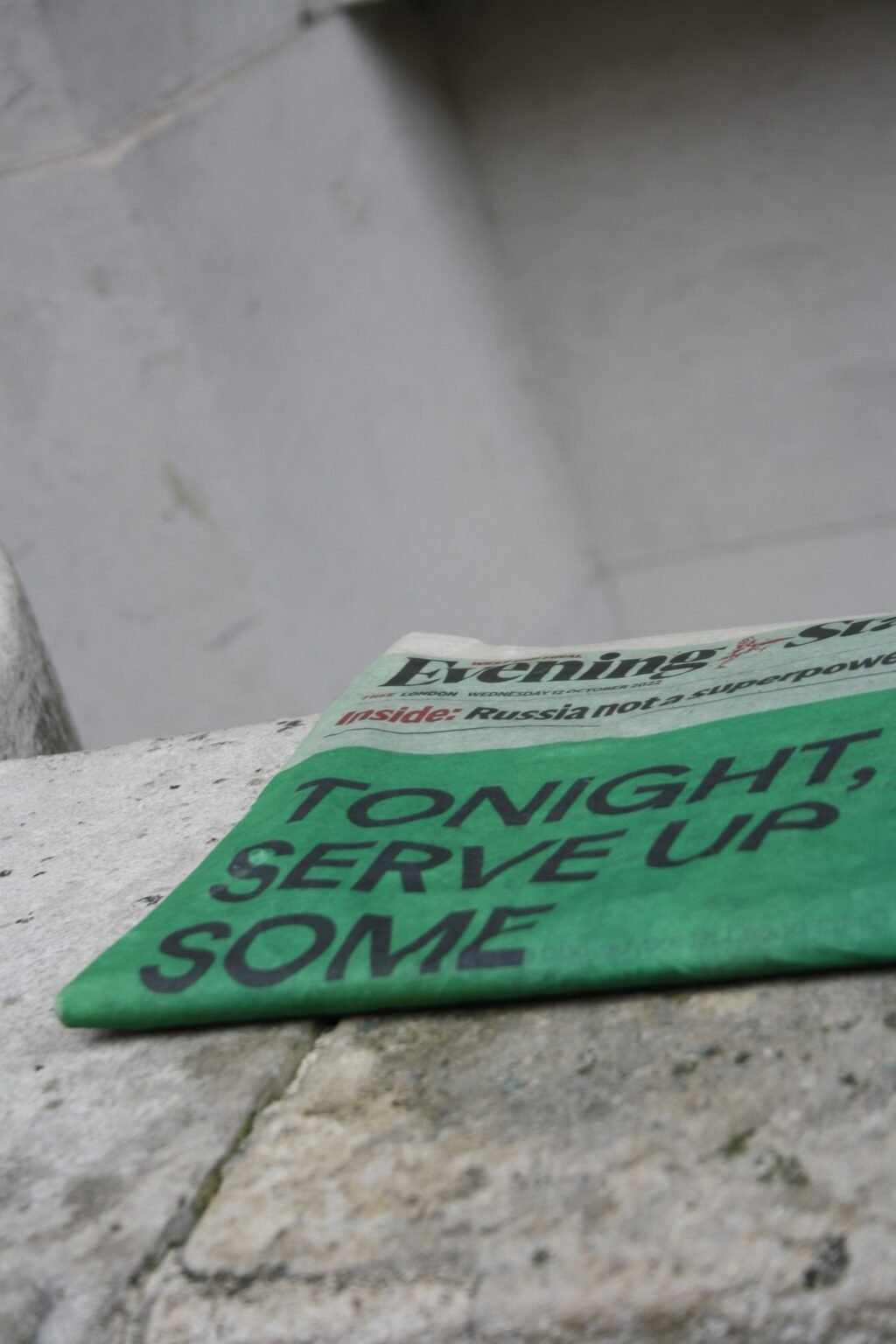
Press Release Template
Introduction to Press Releases
A press release is a formal announcement that is distributed to the media to communicate newsworthy information regarding an organization, event, or product. This tool plays a crucial role in public relations and marketing by representing a business’s voice and ensuring that relevant updates reach both journalists and the public effectively. A well-crafted press release template is essential for achieving this goal, as it helps maintain clarity, structure, and professionalism in communication.
The primary purpose of a press release is to announce significant news, such as product launches, mergers and acquisitions, events, or other updates that warrant media attention. By utilizing a press release template, organizations can systematically present their news in a way that engages journalists and encourages them to share the information with a wider audience. This process not only enhances media coverage but also aids in shaping public perception.
In the realm of public relations, the impact of an effective press release cannot be overstated. A compelling press release can foster stronger relationships with the media, facilitate coverage in major publications, and enhance an organization’s visibility. As businesses navigate an increasingly competitive marketplace, mastering the art of press release writing becomes vital. The right template not only saves time but also ensures that essential elements—such as headlines, datelines, and boilerplates—are included consistently to capture the audience’s attention.
Moreover, a strategic approach to crafting press releases contributes significantly to content marketing efforts. By training companies to utilize press releases well, they can extend their marketing reach and establish their authority within their industries. Overall, understanding the critical elements of a press release template and its strategic importance is fundamental for anyone looking to maximize their communication efforts with the public and the media.
Key Elements of a Press Release
A well-structured press release template is essential for effectively communicating newsworthy information to the media and the public. Each component of a press release plays a critical role in ensuring that the message is clear and impactful. Understanding these key elements will enhance the quality of your press releases.
The headline is the first thing that grabs the reader’s attention. It should be concise, compelling, and encapsulate the core of the news. A strong headline not only informs but also entices journalists and their audiences to read further. The subheading, positioned beneath the headline, offers additional context or highlights and supports the main point, providing a smoother transition into the body of the release.
Next is the dateline, which includes the date and location of the press release. This element adds relevance and immediacy, helping readers understand the timeliness of the information presented. Following the dateline is the introduction, often referred to as the lead. This paragraph should succinctly summarize the key points of the news while answering the five Ws: who, what, when, where, and why. A well-crafted lead sets the tone for the rest of the press release.
The body of the press release expands on the information provided in the introduction, offering further details and background. It is crucial to maintain a logical flow and provide engaging content that supports the main message. Additionally, the boilerplate is a standardized paragraph about the company or organization issuing the press release. This component gives context and allows the audience to understand more about the issuer, establishing their credibility.
Lastly, including contact information is essential for facilitating media inquiries. This should detail who journalists can contact for further information, typically represented by a name, phone number, and email address. By incorporating these key elements into your press release template, you can create an effective tool for communication that resonates with your audience.
Crafting a Compelling Headline
When it comes to writing a press release template, the headline serves as the first impression and plays a crucial role in determining whether the audience will engage with the content. A well-crafted headline should be captivating, informative, and concise. In the world of information overload, it is essential to grab attention quickly and convey the essence of the announcement in just a few words.
One effective strategy is to keep the headline between 6 to 12 words, ensuring that it is neither too brief to lack context nor too lengthy to lose the reader’s focus. Incorporating relevant keywords is vital, as these not only improve search engine optimization but also clarify the main theme of the press release. For example, if the press release pertains to a new product launch, it may include phrases like “launch,” “introducing,” or “new” alongside the product’s name. This approach effectively highlights the significance of the news.
Moreover, framing the main news point in an intriguing manner can significantly enhance engagement. For instance, utilizing action words or posing a thought-provoking question can pique interest. Consider headlines such as “Revolutionary Tech Startup Launches Game-Changing App” or “How Our New Initiative Will Transform Community Engagement.” Such headlines not only provide a clear indication of the content but also stimulate curiosity by hinting at the benefits or changes introduced.
Ultimately, a compelling headline acts as a powerful tool to draw readers in and set the tone for the rest of the press release. By implementing these strategies, one can create an effective press release template that maximizes reader engagement and ensures the core message resonates with the audience. This foundational step is essential for increasing the likelihood that your press release will be noticed and shared within various media outlets.
Structuring Your Press Release
Creating an effective press release template necessitates a well-defined structure that adheres to the conventions of the industry. One of the most recommended formats is the inverted pyramid style, which prioritizes the most crucial information at the beginning of the document. This approach ensures that readers can quickly understand the essence of the press release without having to read through excessive detail. The first paragraph should succinctly answer the who, what, when, where, and why of the announcement, capturing the audience’s attention immediately.
Following the lead paragraph, which is paramount in a press release template, additional paragraphs can delve deeper into the specifics. This may include pertinent background information, quotes from key stakeholders, and other relevant details that add depth to the initial announcement. Utilizing this tiered approach helps guide the reader through the narrative, allowing them to gauge the significance of the information presented based on their interests and priorities.
Clarity and conciseness are vital in maintaining the reader’s engagement. Each sentence should serve a distinct purpose, adding value to the overall message. Avoid jargon and overly complex language that may alienate certain readers; instead, strive for straightforwardness. Bullet points may be integrated when listing data or essential points, as they improve readability and allow for quicker absorption of the information. Additionally, maintaining a consistent tone and style throughout the document will enhance its professional appeal.
In creating your press release template, remember that every element, from headings to quotes, should contribute to the overall clarity and cohesiveness of the message. This strategic structuring not only facilitates effective communication but also elevates the potential impact of the press release in reaching its intended audience.
Incorporating Quotes and Testimonials
Incorporating quotes and testimonials into a press release template significantly enhances its effectiveness by adding a personal touch and credibility that might otherwise be lacking. Quotes sourced from key stakeholders, such as company executives or industry experts, serve to humanize the content and provide insight into the emotions and motivations behind the announcement. By including these perspectives, a press release not only presents factual information but also offers a narrative that resonates with the audience.
When selecting quotes, it is crucial to ensure that they reflect genuine insights and align with the overall message of the press release. This requires careful consideration of the speaker’s authority on the subject matter, as their position and expertise lend weight to the statements. For example, a quote from a company’s CEO discussing the strategic vision behind a new product launch carries more significance than a generic statement. This can enhance the overall storytelling aspect of the release and draw the reader into the narrative.
Best practices for integrating quotes into a press release template involve maintaining a clear connection between the quote and the content portrayed. The placement of quotes should be strategic; they often work best when positioned to support key points or following critical statistics. Furthermore, it is essential to ensure that quotes are concise and impactful, capturing the essence of the speaker’s message without overwhelming the reader with excessive text. Additionally, using real names and titles enhances trust and authenticity, making the content more relatable to the audience.
In conclusion, seamlessly incorporating quotes and testimonials into a press release template not only enriches the narrative but also establishes trust and authority among readers. By carefully selecting and integrating these elements, an organization can craft compelling press releases that stand out and engage the target audience effectively.
Creating an Engaging Conclusion
Crafting a compelling conclusion is a crucial element of an effective press release template. This section should encapsulate the key points made throughout the release and reinforce the significance of the information presented. The conclusion provides an opportunity to inspire action from the reader, making it vital to articulate clearly what steps you want them to take next. A well-structured conclusion can significantly enhance the effectiveness of your press release.
To create an engaging conclusion, start by summarizing the main highlights of the announcement. This reiteration serves as a reminder of the purpose of the press release and helps to solidify the message in the readers’ minds. It is crucial to keep this recap concise yet informative, ensuring it remains relevant to the context of the press release. Highlighting any impact, benefits, or notable outcomes related to the news can also enhance its appeal, drawing the reader’s attention back to why the information matters.
Following the summary, a clear and motivating call to action should take center stage. This could be an invitation to visit a website for further details, sign up for an event, or engage in conversation with a representative. The call to action should be specific and actionable, guiding the reader on what to do next. Use persuasive language that encourages engagement and emphasizes the importance of following through. Remember, an effective press release conclusion not only wraps up your message but also propels your audience toward the desired action, thereby fulfilling the purpose of the press release template.
Visual Enhancements for Your Press Release
Incorporating visuals into your press release template can significantly enhance its impact, making it more appealing and informative for readers. Visual elements such as images, infographics, and videos can break up text and offer a more engaging experience. When used effectively, these components not only grab attention but also help convey complex information succinctly.
To start, consider using high-quality images that are relevant to the content of your press release. These could include product photos, behind-the-scenes shots, or images depicting events related to the announcement. Images should be professionally produced to maintain credibility and reflect the brand’s quality. Always remember to provide proper captions and credits to ensure clarity and attribution.
Infographics can serve as powerful tools in a press release template, as they distill significant data and trends into digestible formats. This is particularly useful when presenting statistics or comparisons, as an infographic can visually communicate information that might otherwise be overwhelming in text form. When designing infographics, ensure that the design aligns with your branding while keeping clarity and readability a priority.
Moreover, videos are increasingly becoming an essential component of press releases. They can include interviews, product demonstrations, or event recaps that allow audiences to engage more deeply with the content. YouTube links, for example, can be included in digital press releases to encourage sharing and viewing. Optimize videos by using relevant keywords in the title and description to enhance searchability.
To optimize visuals for online sharing, ensure that all images and videos are in appropriate formats and sizes for web usage. Compressed images load faster, improving user experience, while well-structured file names can aid in search engine optimization. Additionally, including alt text for images ensures accessibility for all users, further strengthening the effectiveness of your press release template.
Distribution Strategies for Press Releases
Once a press release template has been meticulously crafted, the next crucial step is distribution. The effectiveness of a press release is heavily contingent upon its visibility and the channels through which it is disseminated. There are several avenues for distributing press releases that can ensure they reach the intended audience.
One of the most effective methods of distribution is utilizing online press release services. These platforms allow businesses and organizations to distribute their announcements to a wide range of media outlets and journalists. Services like PR Newswire, Business Wire, and GlobeNewswire provide access to vast distribution networks, increasing the likelihood of media coverage. When using these services, it is essential to select a package that targets the specific industry or region relevant to the press release.
Another effective channel is direct email outreach to journalists and media contacts. Crafting a personalized email that includes the press release can help capture the interest of journalists who might be inclined to cover the story. It is beneficial to maintain an up-to-date media list, categorizing contacts based on their areas of expertise. Understanding each journalist’s previous work will assist in tailoring the email for better engagement.
Social media platforms also offer an invaluable channel for distributing press releases. Sharing your announcement on platforms such as Twitter, LinkedIn, and Facebook can enhance visibility and engage the audience more directly. By using appropriate hashtags and tagging relevant influencers or media accounts, the reach of the announcement can be significantly extended.
Lastly, implementing Search Engine Optimization (SEO) strategies is vital for enhancing the discoverability of a press release. Incorporating relevant keywords, optimizing headlines, and maintaining a concise yet informative structure will help the press release rank higher on search engines. By employing these distribution strategies, the likelihood of garnering attention and engagement from media outlets can be greatly increased.
Common Mistakes to Avoid
When crafting a press release template, it is crucial to be aware of common pitfalls that can undermine the effectiveness of your communication. One of the most prevalent mistakes is exceeding the recommended length. Typically, press releases should be concise, ranging from 400 to 600 words. Lengthy press releases not only risk losing the reader’s attention but also diminish the key messages you intend to convey. Brevity is essential, as reporters often sift through numerous submissions and prioritize only those that deliver pertinent information succinctly.
Another frequent error lies in the lack of news value. A well-structured press release template should focus on delivering fresh and relevant news. If the information presented does not significantly impact your target audience or lacks a compelling story, it is unlikely to attract media attention. Therefore, always ensure that your press release highlights noteworthy developments, such as product launches, significant partnerships, or industry innovations.
Poor targeting represents yet another common mistake. A successful press release circulates to the right audience, and achieving this requires thorough research. Using a generic distribution list can lead to disinterest among potential media contacts. Instead, tailor your press release template to specific journalists or outlets that focus on your industry. For instance, if your press release relates to a technological advancement, it would be prudent to target tech-oriented publications and bloggers who have a vested interest in that domain.
Lastly, overlooking proper formatting can detract from the professionalism of your press release. Ensure your template adheres to a standard structure, including a catchy headline, a concise lead, supporting details, and a boilerplate about your organization. By avoiding these mistakes, you can improve the quality and impact of your press release, enhancing its chances of gaining coverage.

